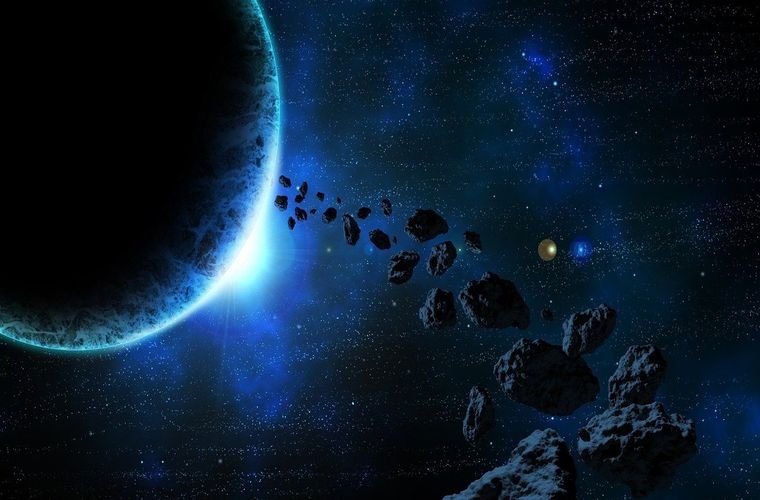Striking new details are emerging in data collected on nearly two billion objects throughout the Milky Way galaxy and beyond, according to new information released by the European Gaia mission. Researchers say the new data, released last week, potentially may revolutionize our current knowledge of our own planetary neighborhood, as well as the Milky Way and other more distant galaxies.
Background: The Gaia Space Mission
Gaia is a telescope that the European Space Agency (ESA) constructed to help map out the Milky Way galaxy. Launched in 2013, the telescope moved throughout space, collecting data. Since then, the ESA, with the help of Finnish researchers, has released several batches of the telescope data to the general public for scientific use.
The most recent release was the Gaia Data Release 3 (GDR3) which occurred on June 13, 2022. An estimated 50 scientific articles are being published using GDR3 data, helping to benefit the scientific community as a whole.
Analysis: What’s in the Data?
The data covers a range of areas, from the chemical compositions of stars to the colors of exoplanets. The data has a catalog of over 150,000 Solar System objects, which includes an abundance of asteroids, and also distant galaxies. According to Professor Karni Muinonen from the University of Helsinki, Gaia’s work will help to produce a better reference map for positioning and space navigation.
While in transit, the telescope has had several near-misses with asteroids, instances that have provided useful data on these objects that including spectral observations. Currently, the GDR3 data has over 60,000 spectral observations on asteroids, providing scientists with a wide range of information that will help scientists understand things like how they form, and how they travel throughout the galaxy.
Outlook: The Gaia Space Mission Continues
The data from the telescope also included images of exoplanets and quasars, helping scientists to create a more complete map of what exists in our galaxy. These images can also help scientists learn about how planets form, and what they are composed of.
Gaia’s mission, as well as that of other space telescopes, is evident according to Professor Markku Poutanen from the National Land Survey of Finland.
“The importance of DR3 and future data releases is in the improved accuracy due to increased data,” Poutanen summarized in a press release, emphasizing that without such efforts, scientists would be missing out on tremendous amounts of data about the nature and workings of our universe.
Kenna Hughes-Castleberry is a staff writer at the Debrief and the Science Communicator at JILA (a partnership between the University of Colorado Boulder and NIST). She focuses on deep tech, the metaverse, and quantum technology. You can find more of her work at her website: https://kennacastleberry.com/

